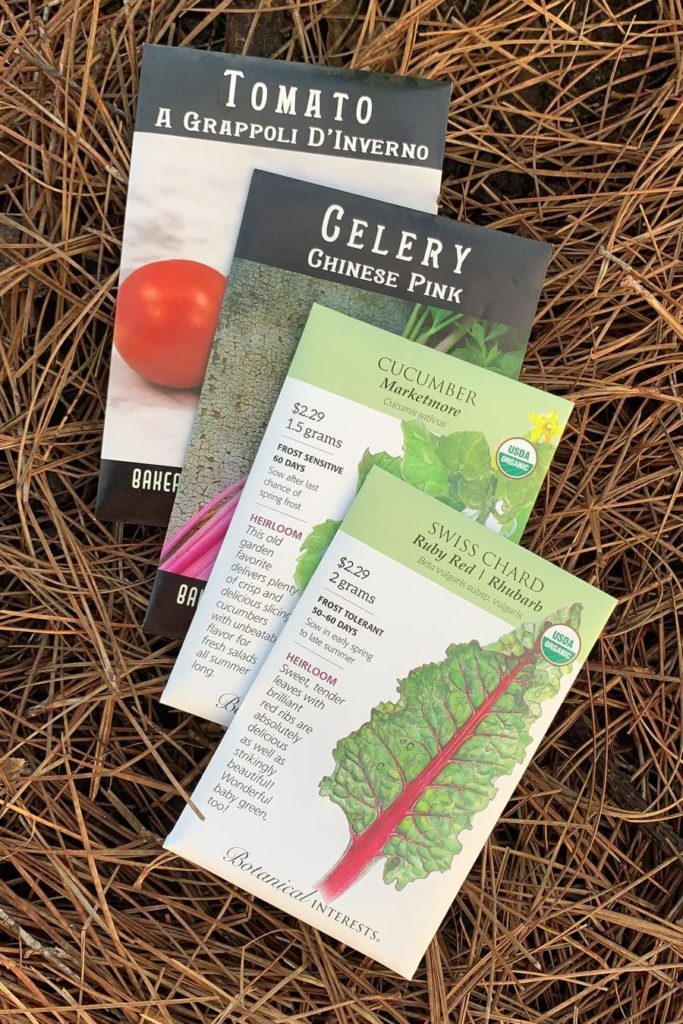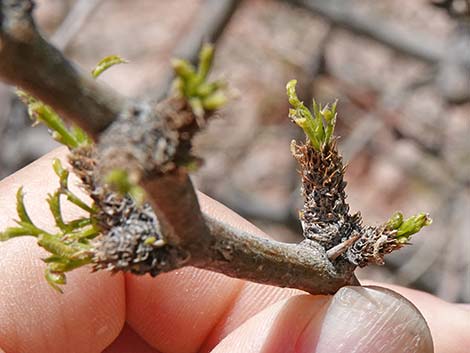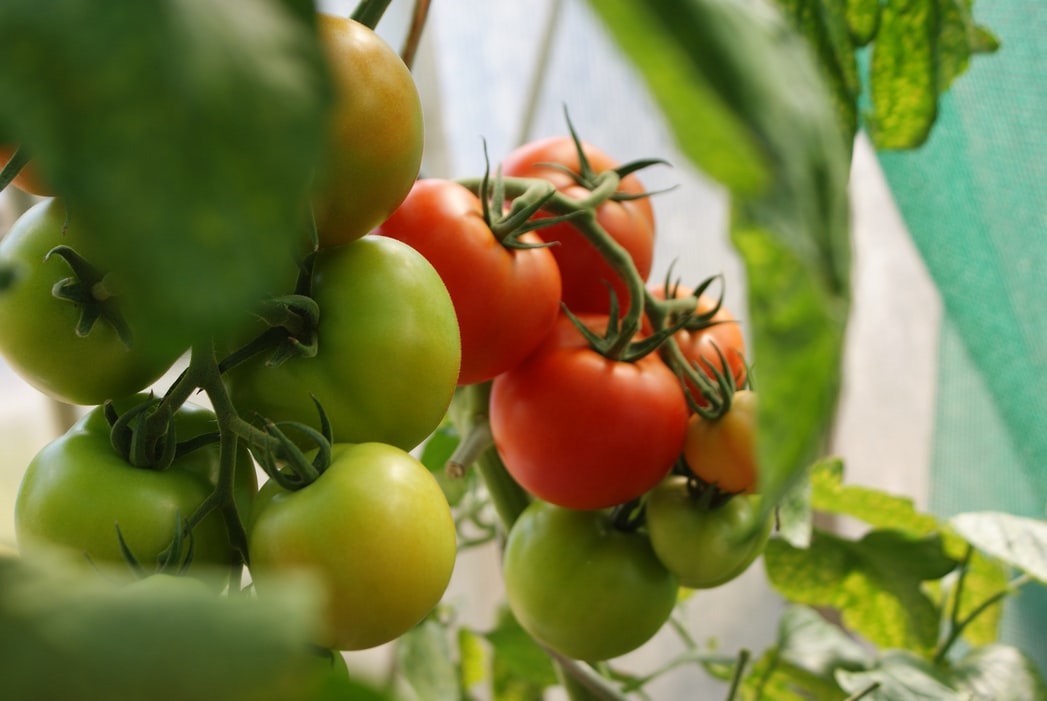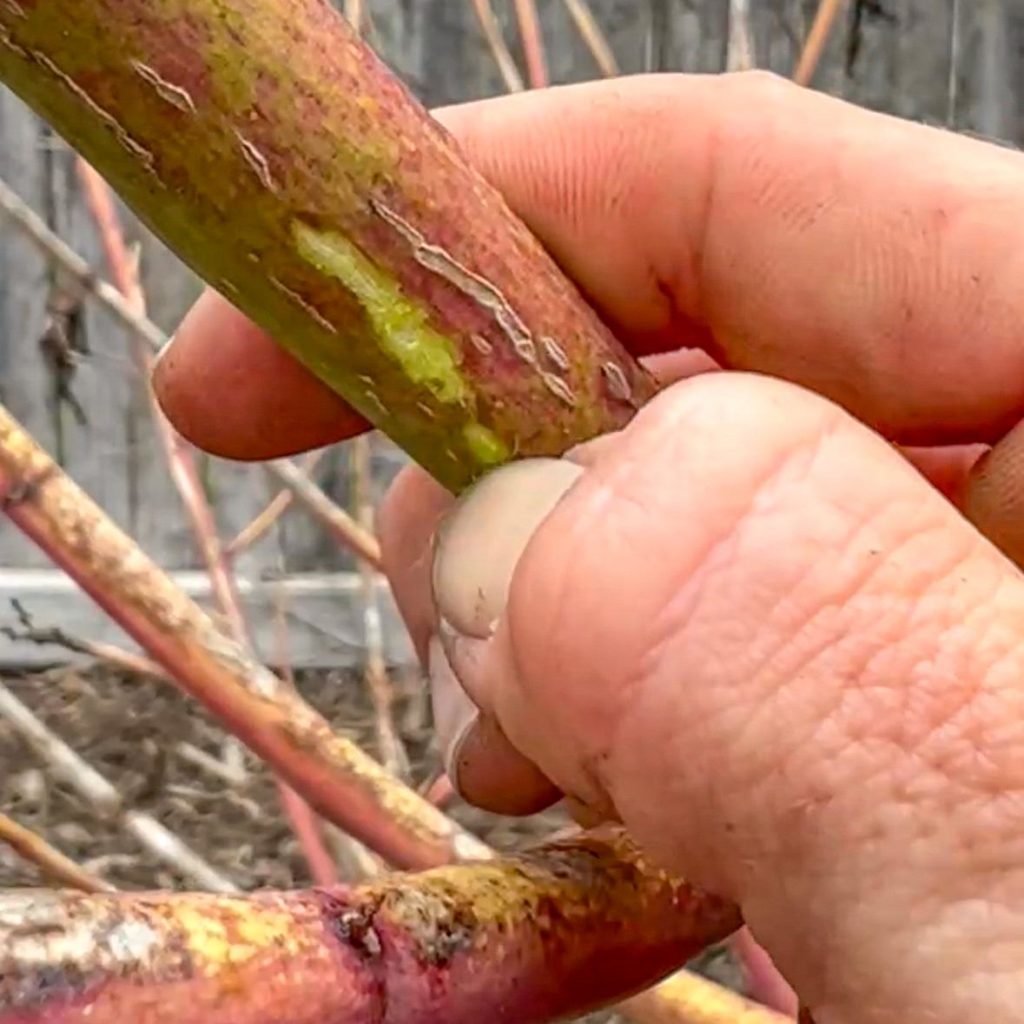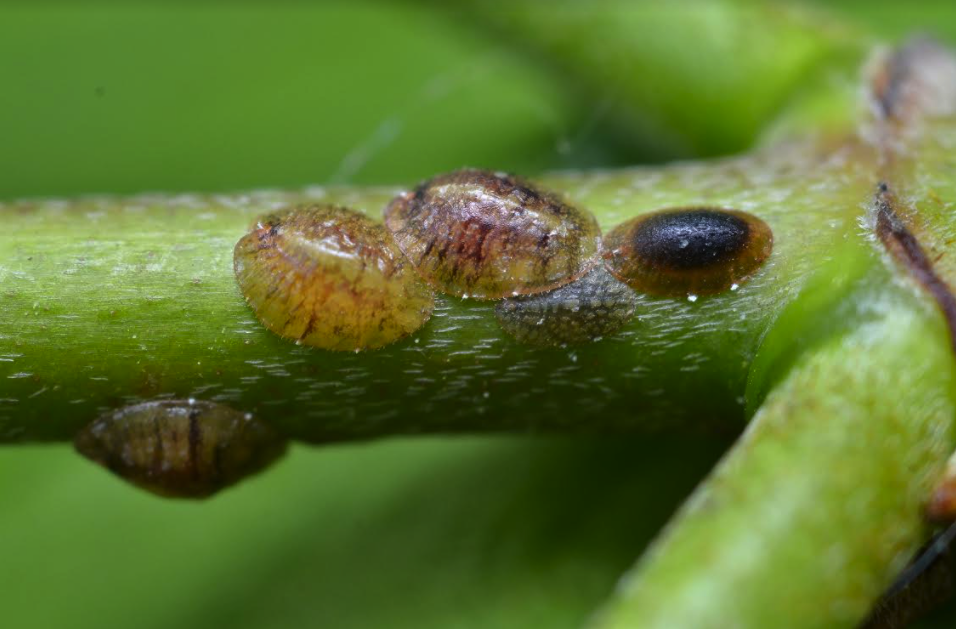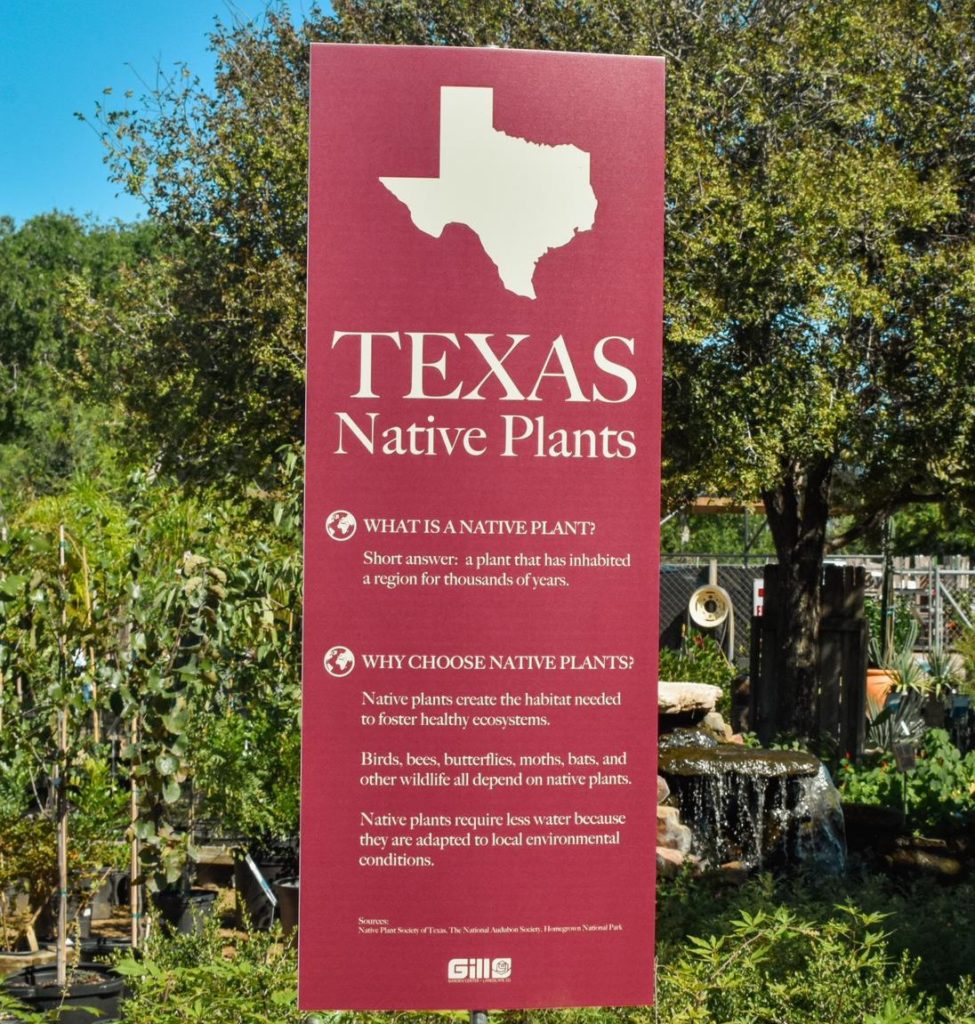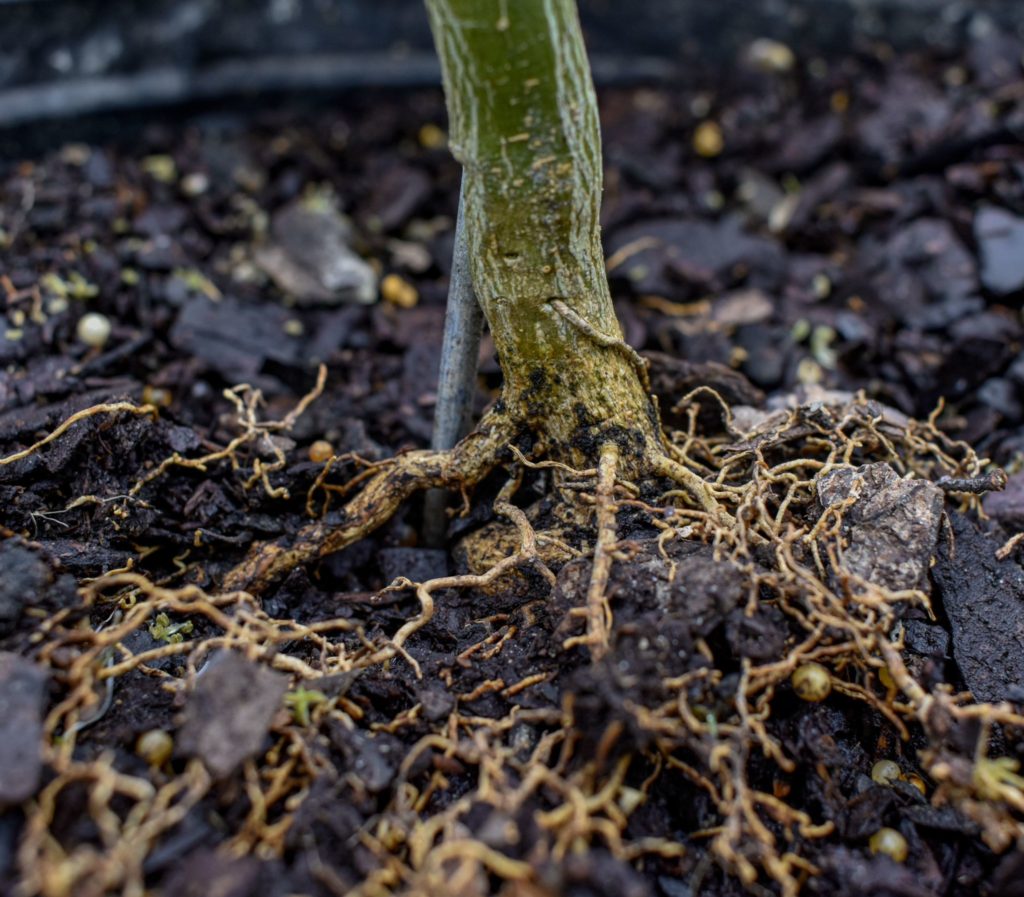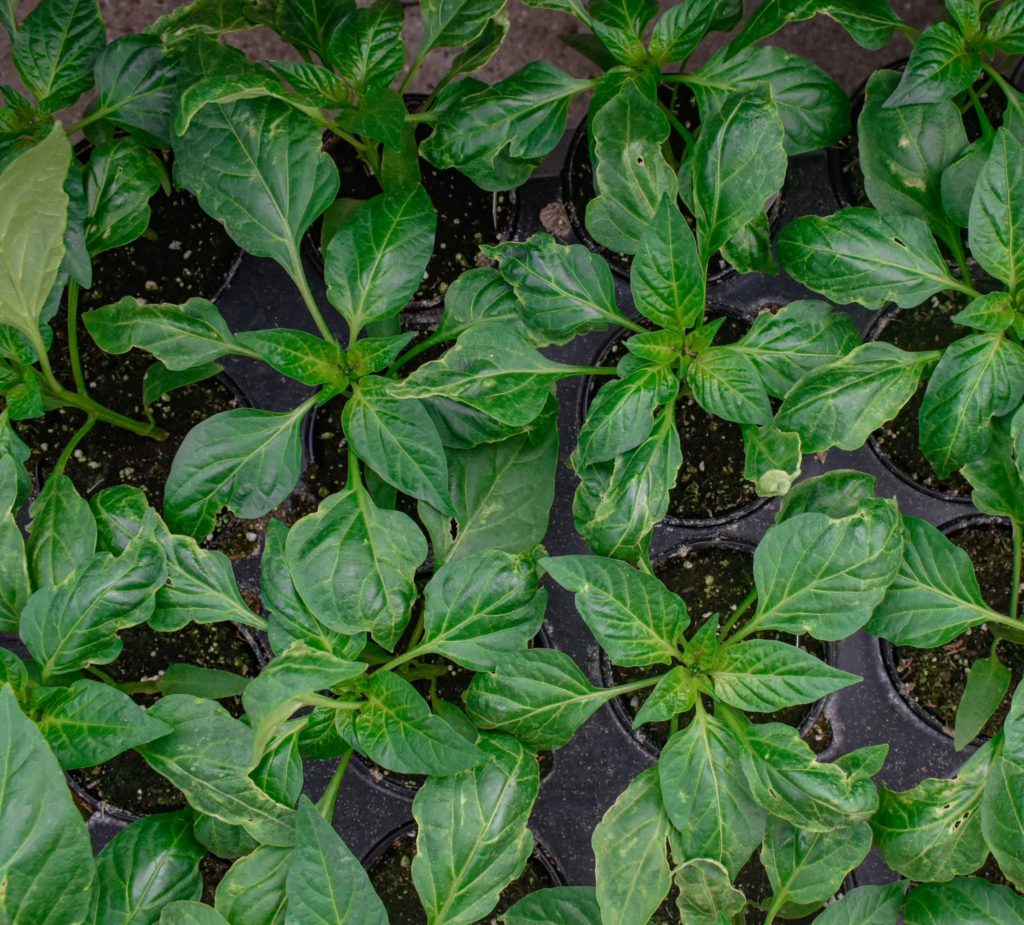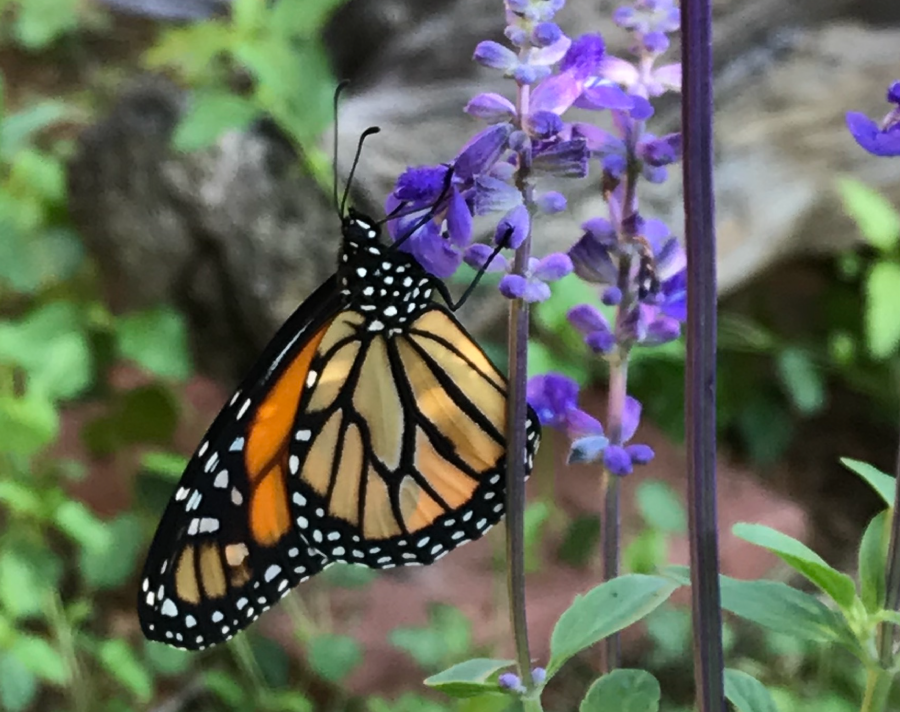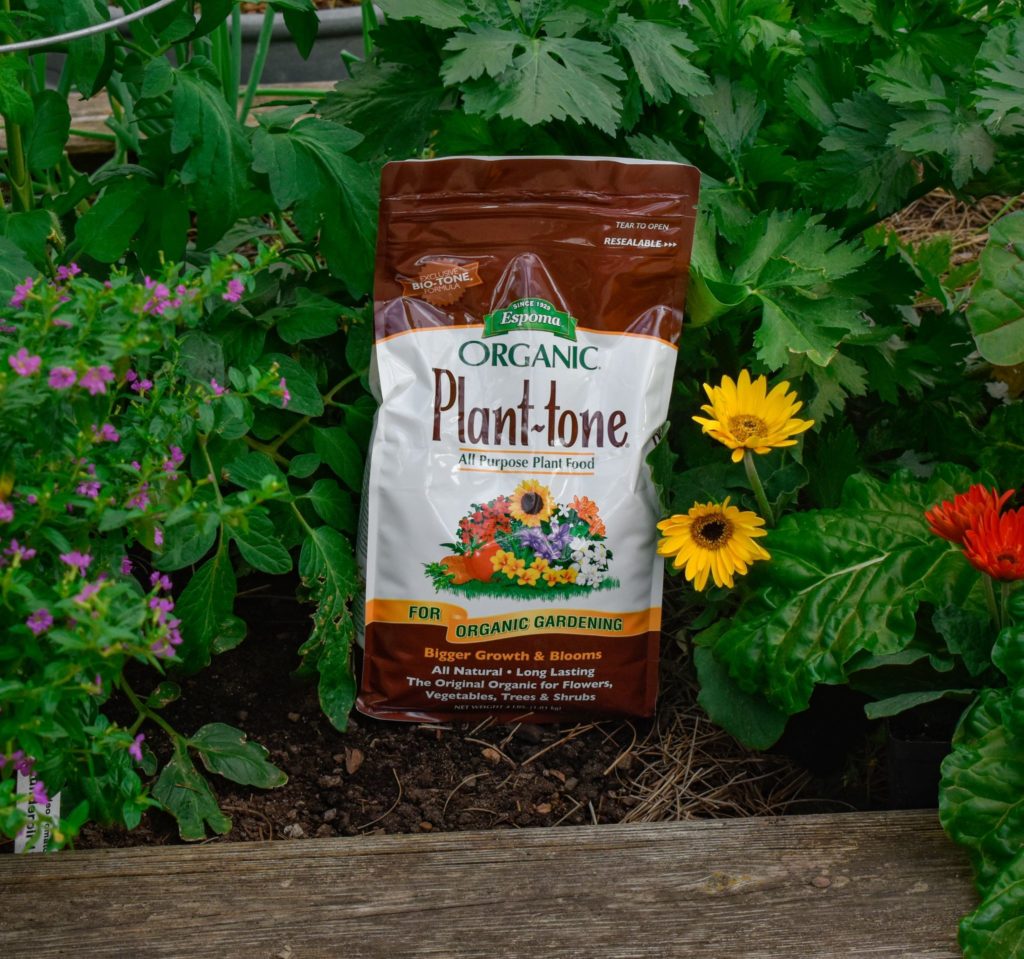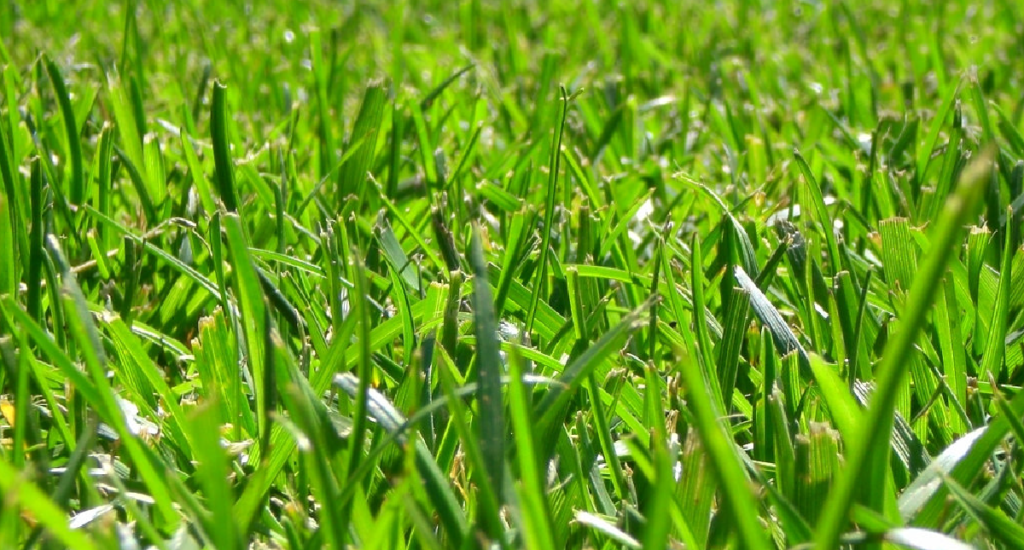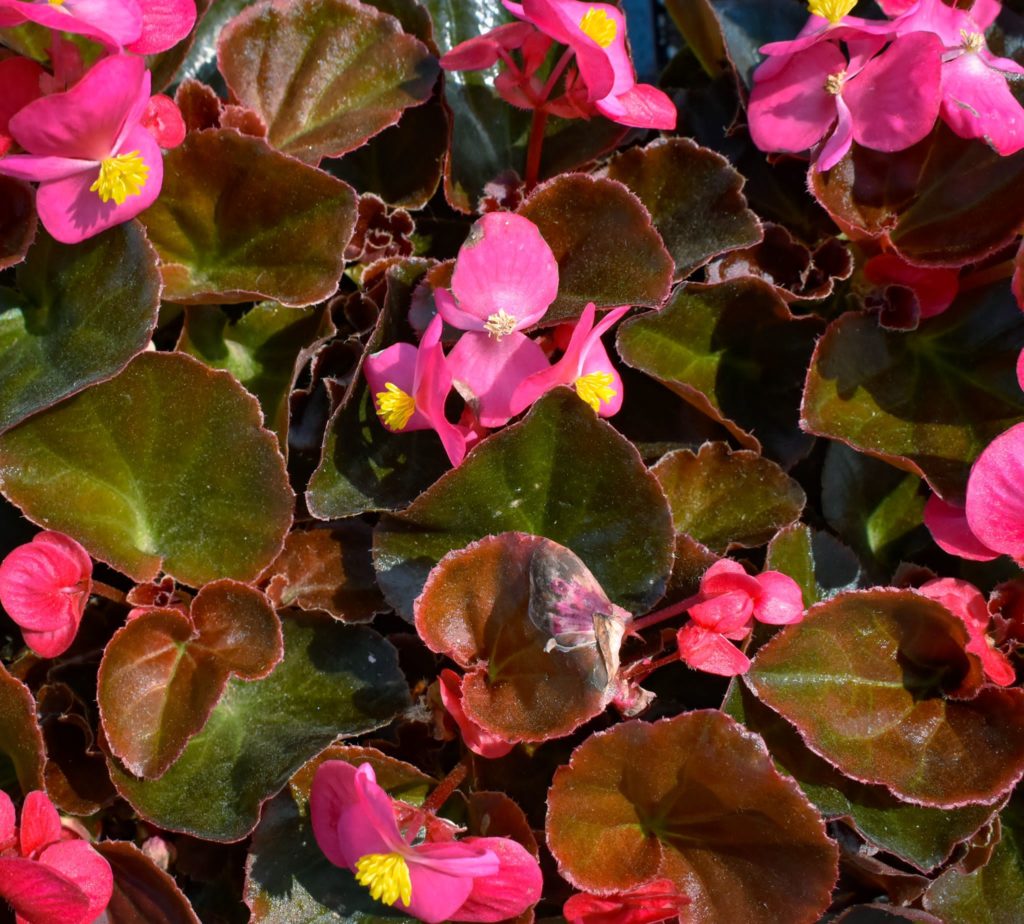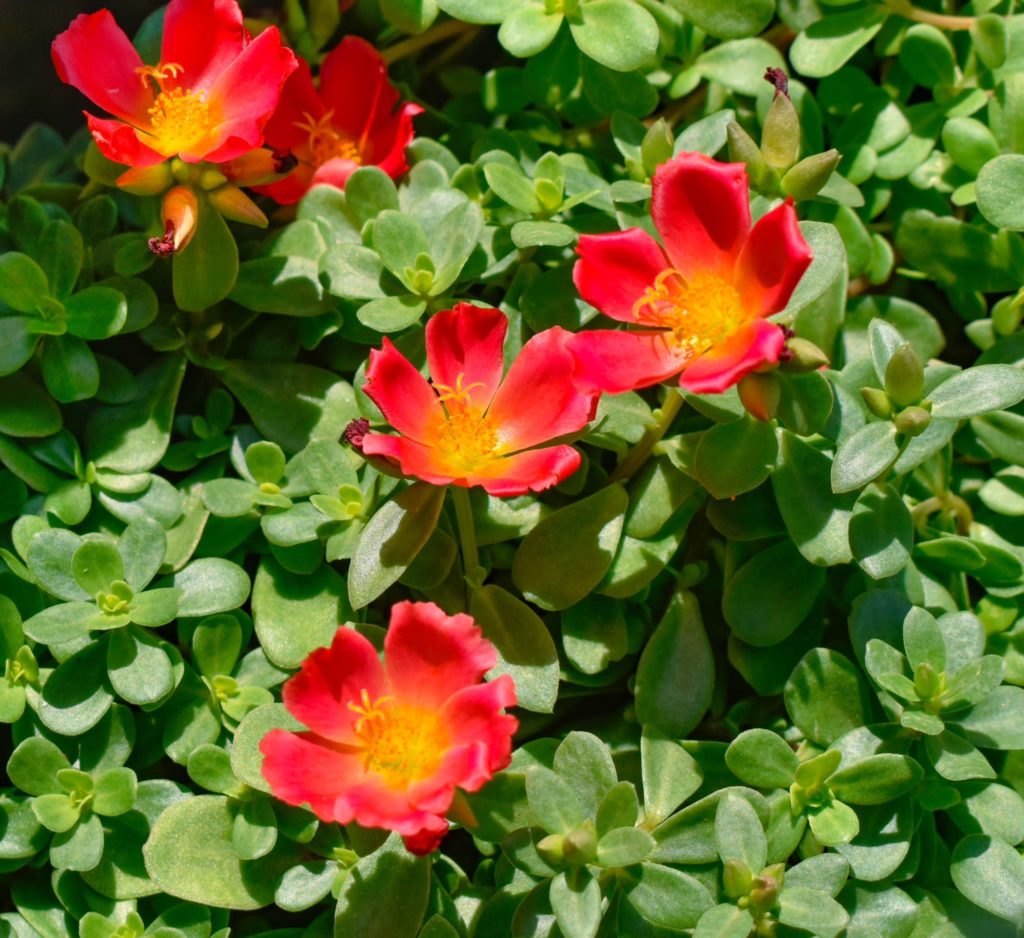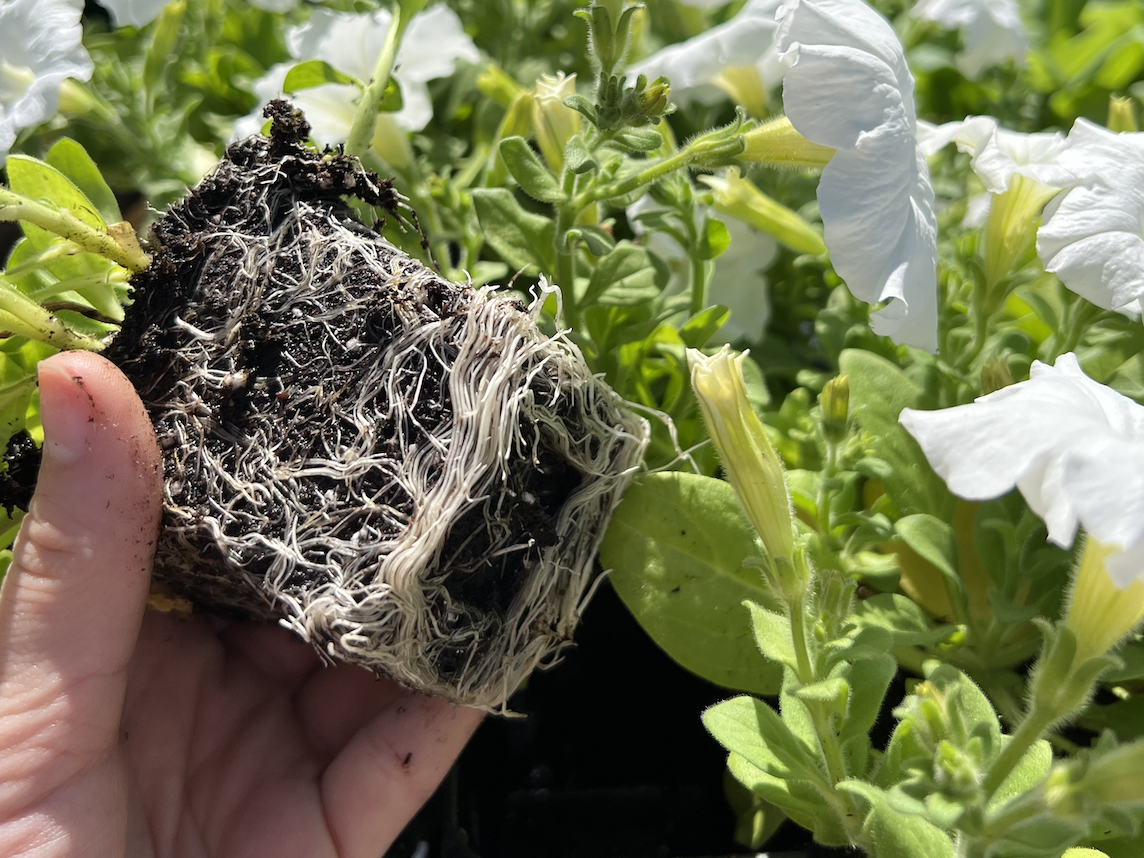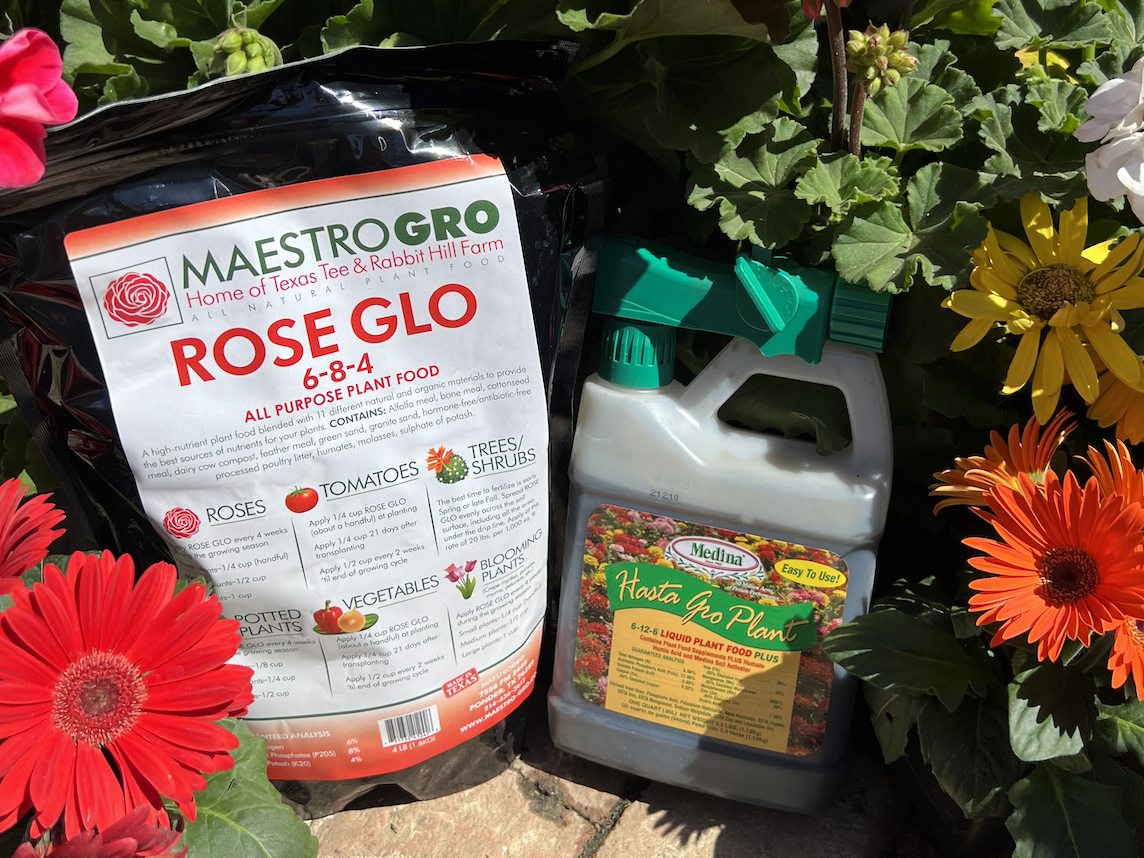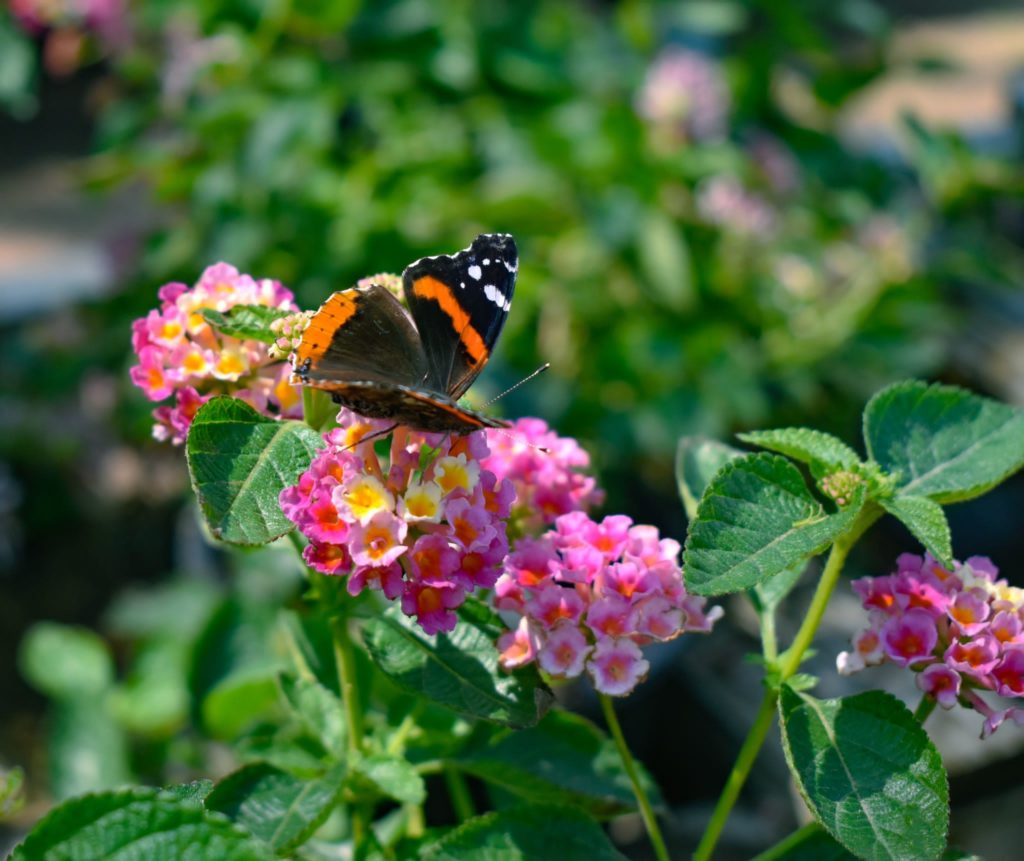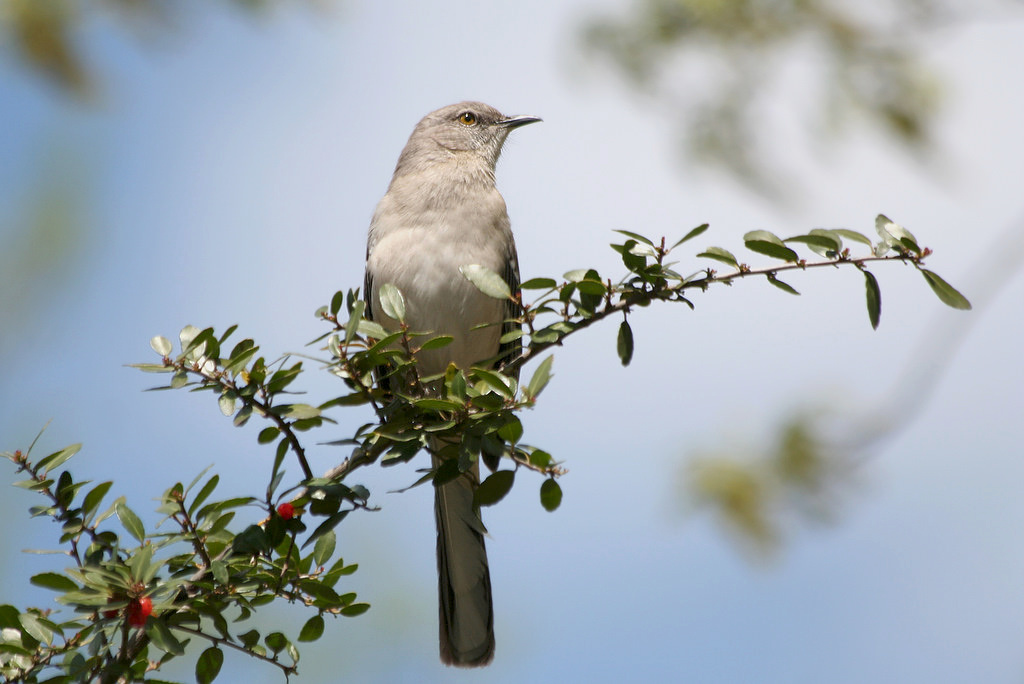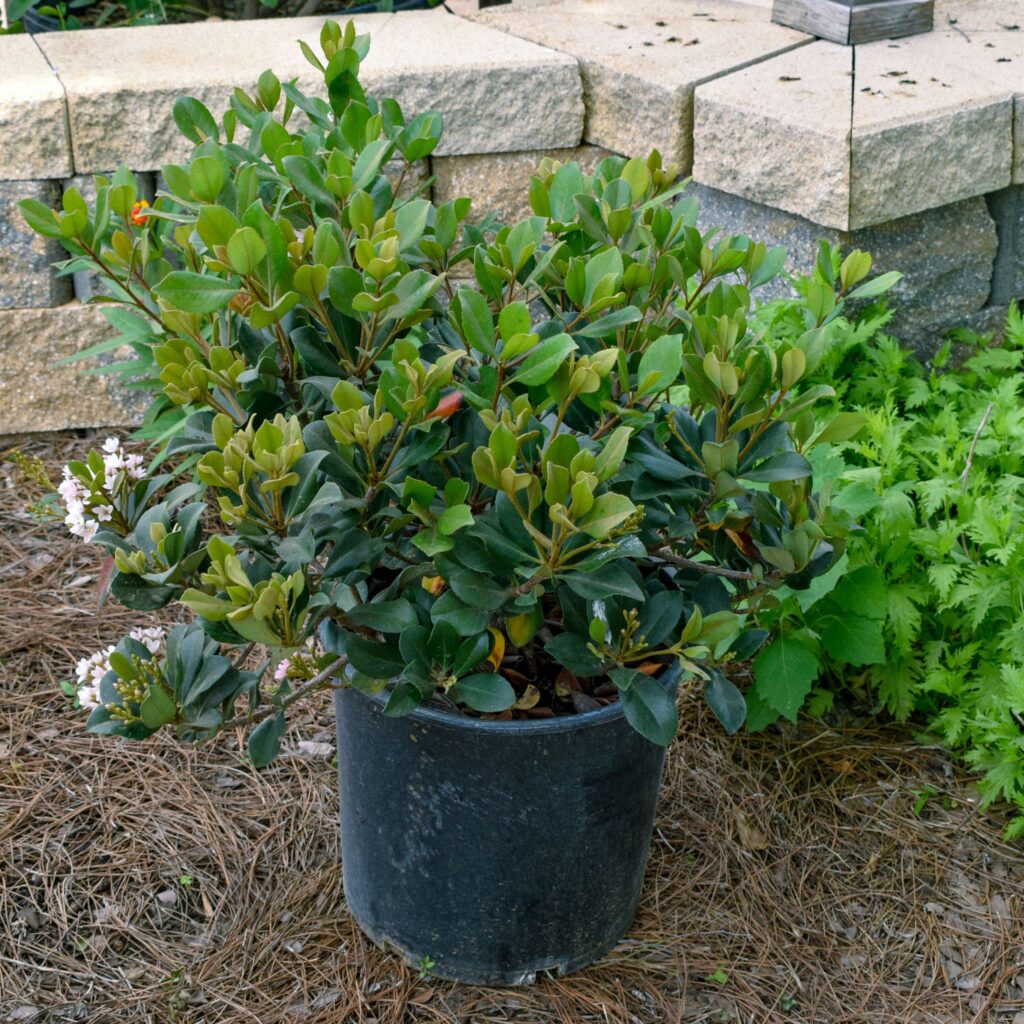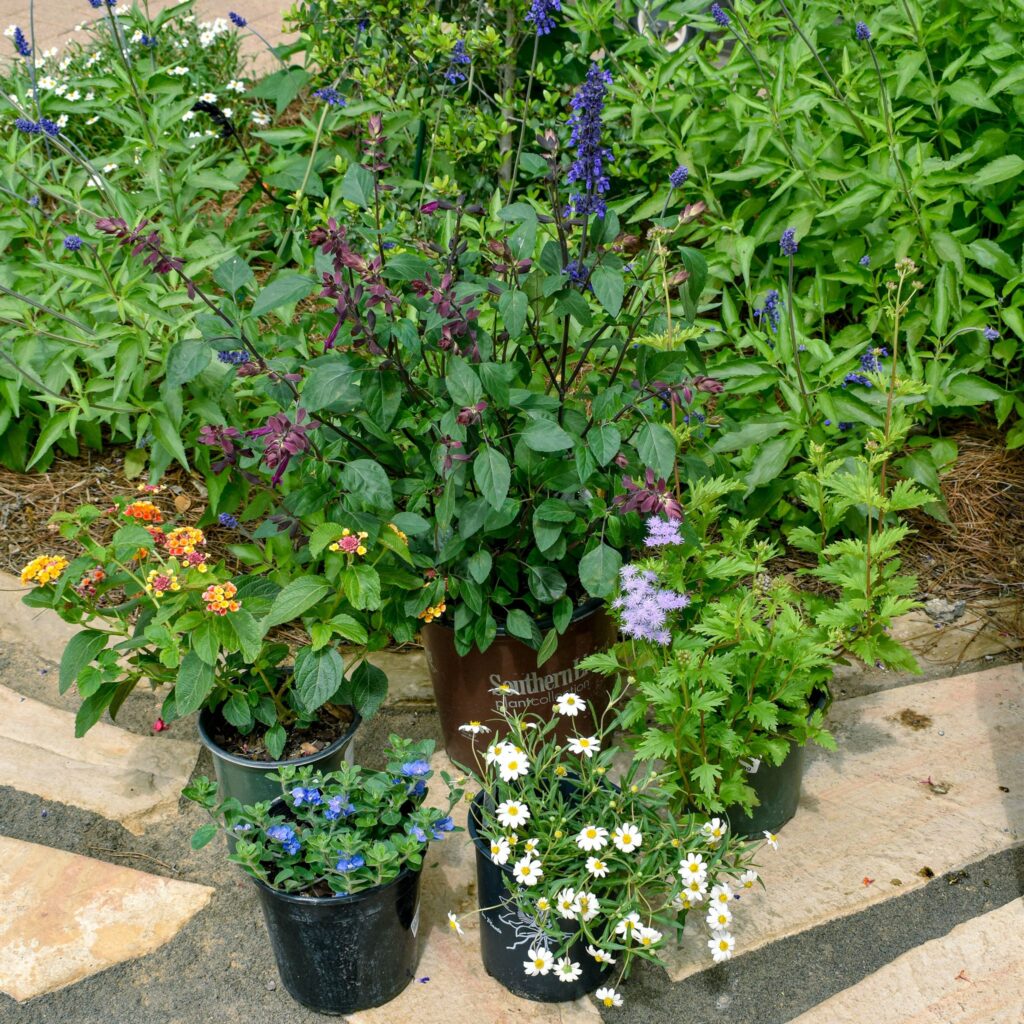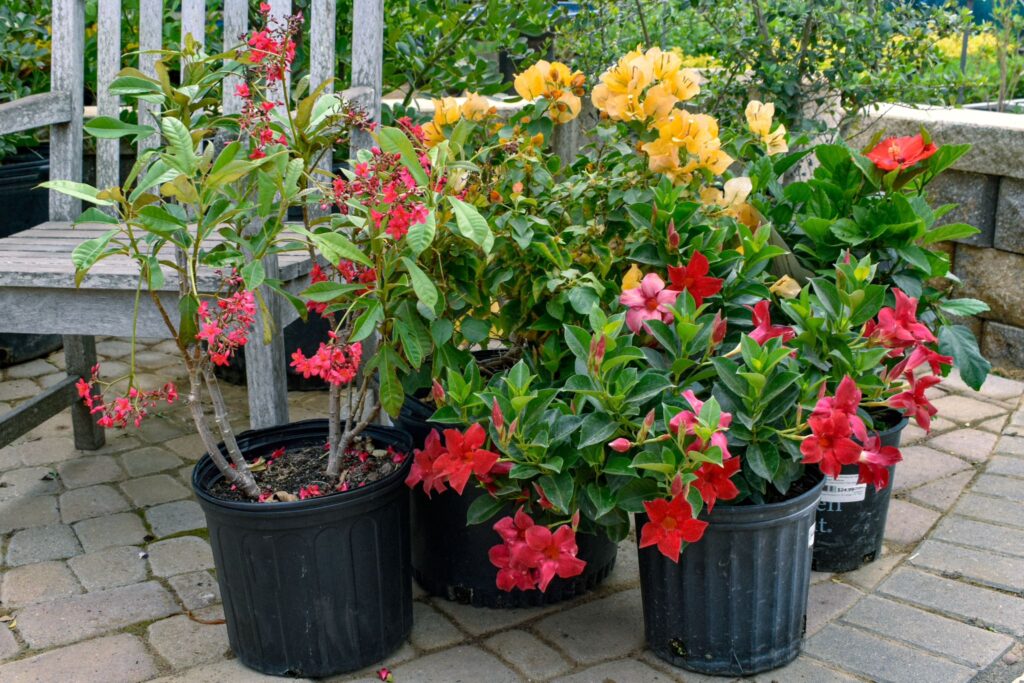Happy 2023! January is time to get started on garden resolutions. Planning a veggie garden? New landscape beds? More Texas native plants to support wildlife? So many possibilities, and we’re here to help. Here are our top must-do’s this month to set your projects up for success.
Check out our January Garden Guide for more tips and remember that trees, shrubs, and perennials can be planted 12 months out of the year! The only difference is the amount of water they need depending on temperatures and wind!
1. Prep Beds for Spring Planting
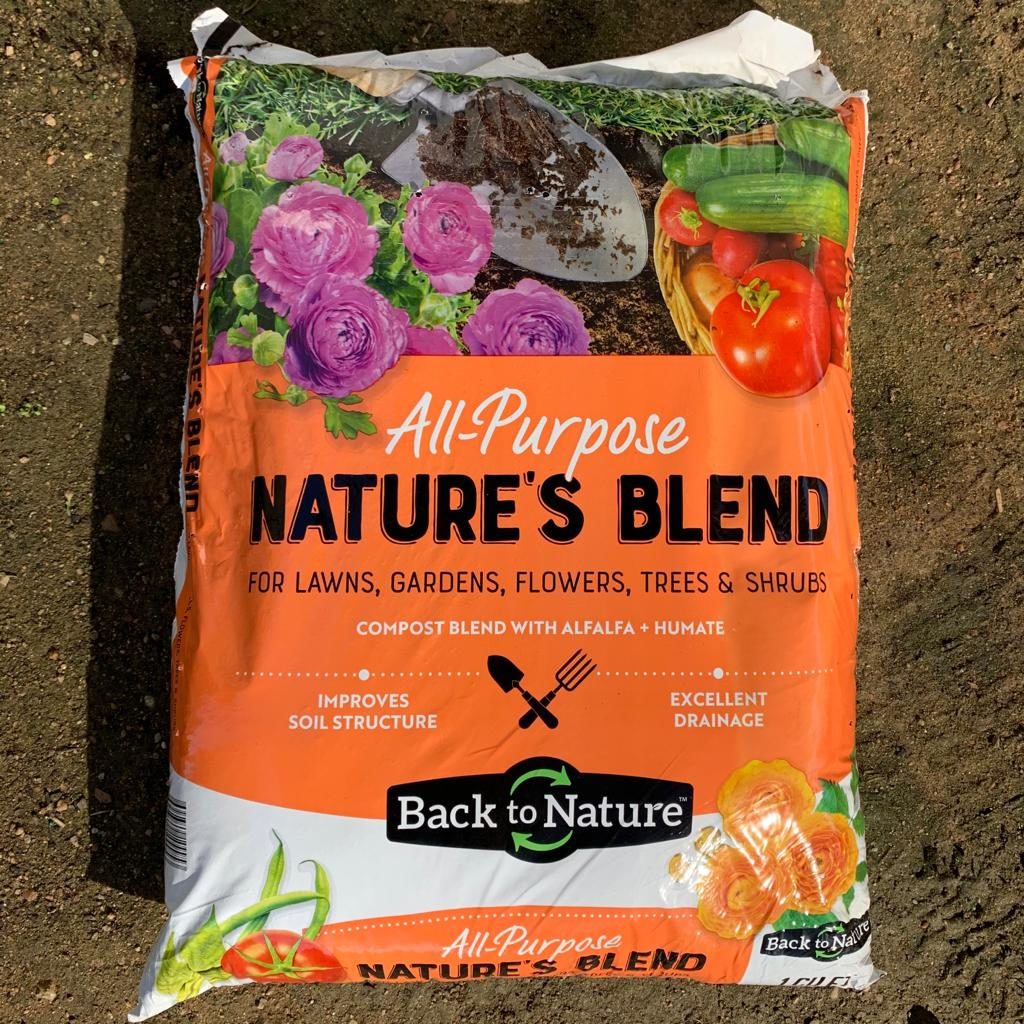
January is our month to plan and prep for Spring. Clean up, remove weeds, and prep your garden beds by adding some compost! We love Nature’s Blend Compost for veggie and landscape beds. A good ratio is 1 bag per 12 sq. ft. of space. If you make your own compost, that approximate ratio works well. It doesn’t have to be exact. Turn the compost a few inches into the soil with a shovel or garden forks for a good full-body workout!
2. Yes, You Can Plant in January!
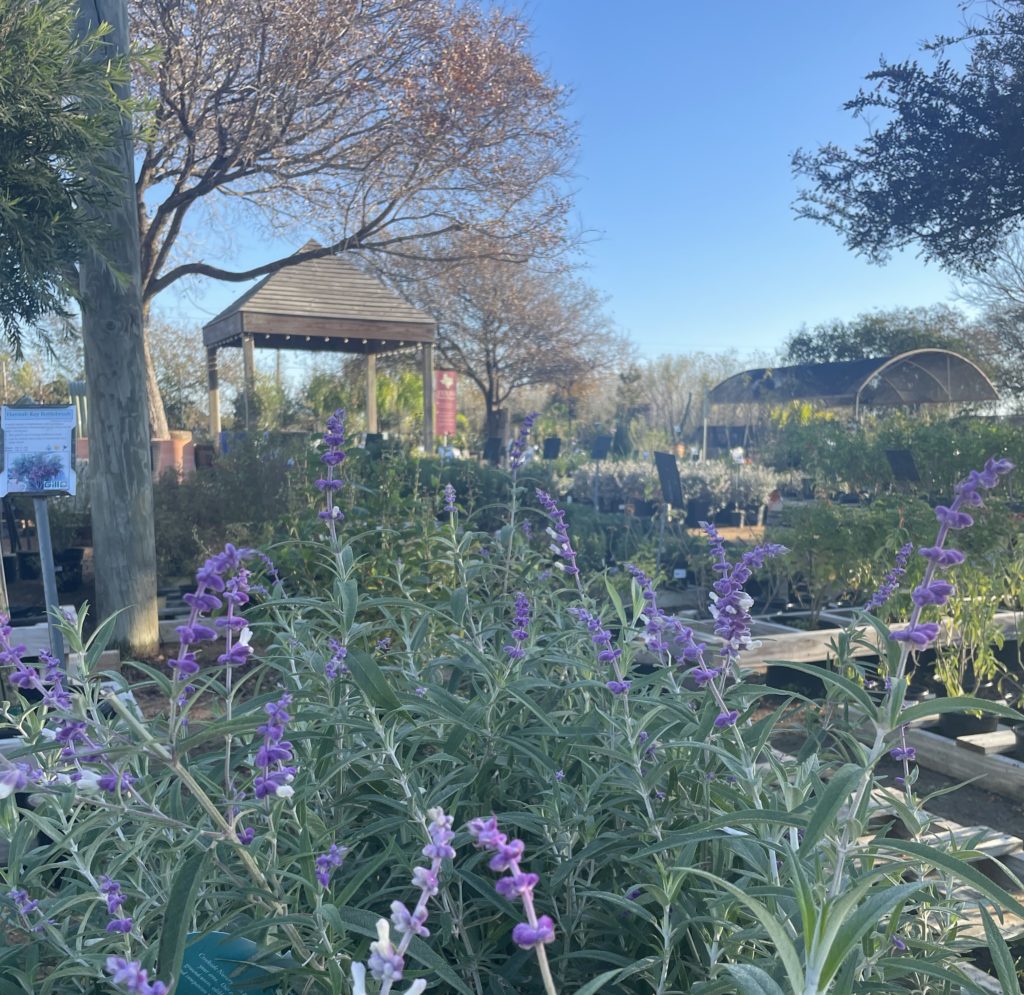
Trees, shrubs, and perennials will build healthy root systems during their winter dormancy making for stronger, healthier plants in Spring and Summer. Just a few days after the freeze, we planted a butterfly garden with Texas Lantana, Mystic Spires Salvia, Texas Frogfruit, Skeleton leaf Goldeneye, and more. Yes, we plan to cover it if we get any more cold weather, but those plants are getting a head start now and will be ready to burst with growth this Spring!
3. Feed Your Citrus Trees
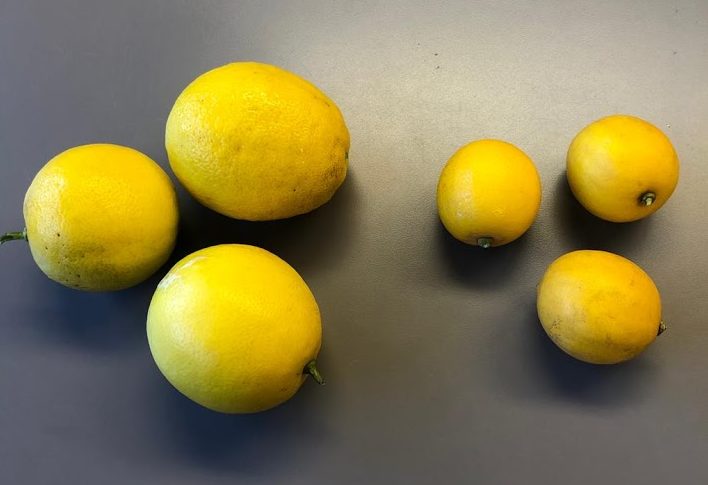
Fertilize your citrus trees in January for more blooms, again in May/June for better fruit set, and again in September/October for nutrients. We recommend fertilizing with Espoma Citrus-Tone – all organic. Remember to fertilize trees, including citrus, at the drip line. That means spread fertilizer in a circle where the rain naturally drips down from the leaves, not right up against the trunk.
4. Start Veggie Seeds!
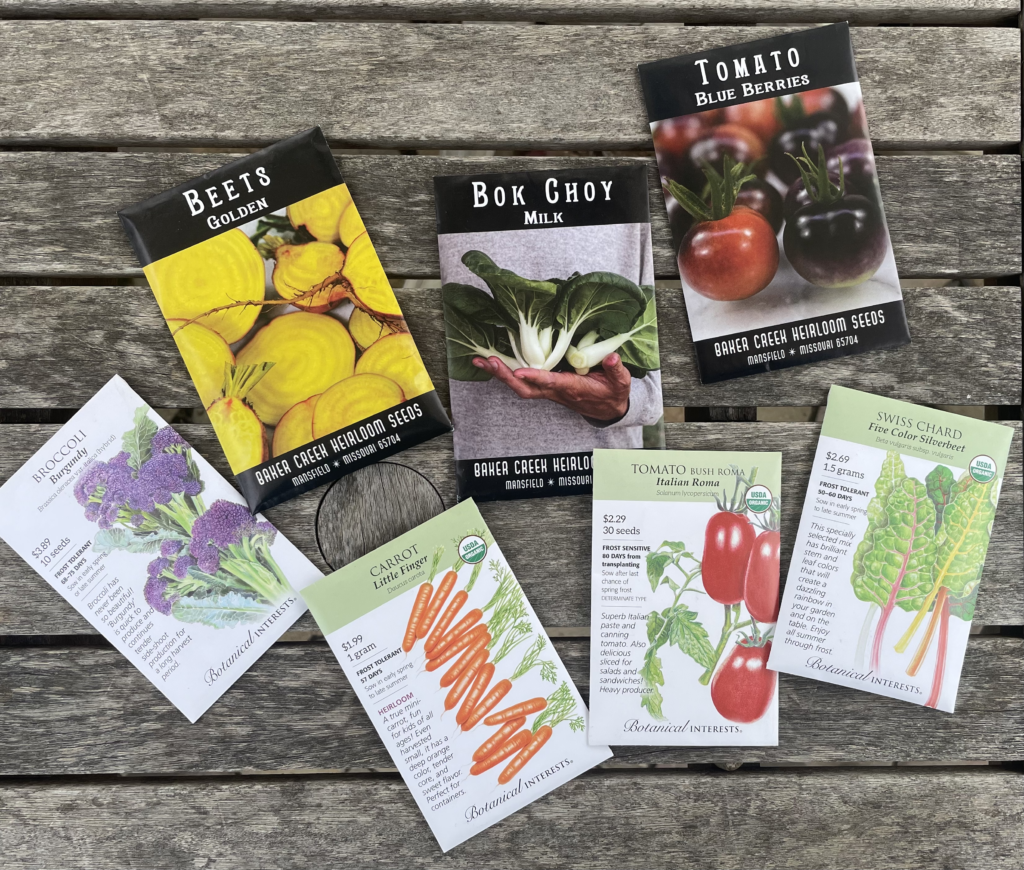
January is time to start tomatoes, broccoli, cauliflower, kale, chard, onions, carrots, beets, parsley and more from seed. We carry seed-starting trays, peat pots, and special cutting/seedling soil for starting seeds indoors or on a protected/covered patio. A good rule of thumb is that once the seedlings have made their first true set of leaves, they are ready to be transplanted into a larger container outside or directly into the garden bed.
Check out our full Spring planting guide here.
5. Start Your Post-Freeze Clean Up, but Not Too Much Pruning!
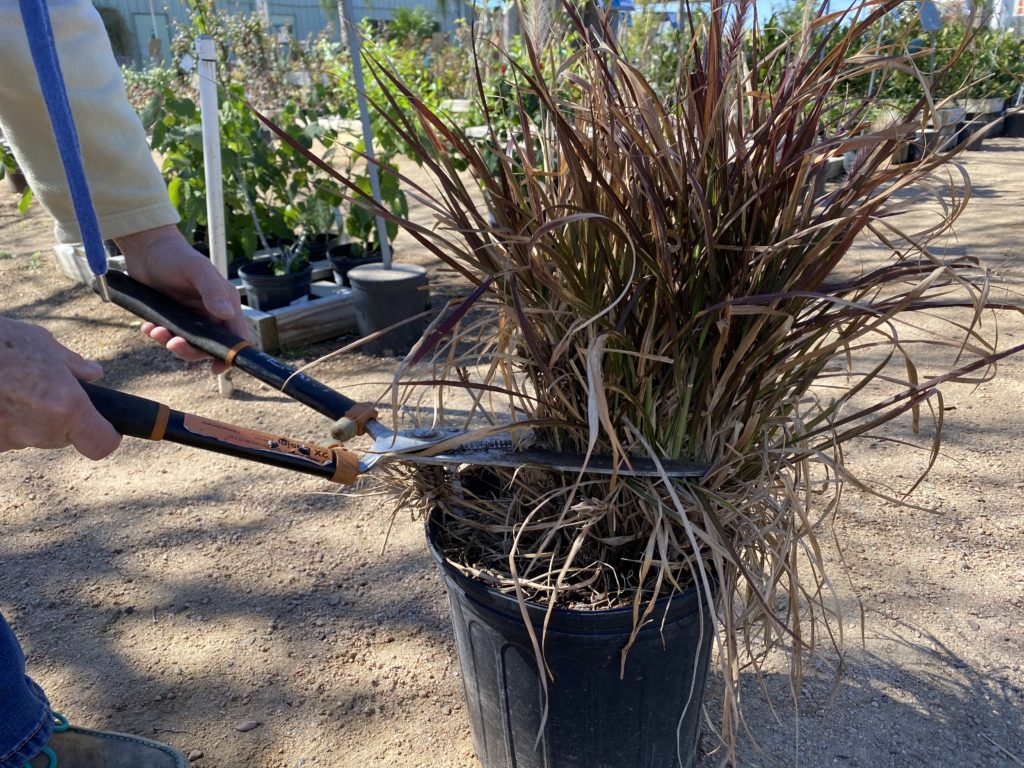
Remember – wait to do any major pruning of freeze-damaged plants until February. You don’t want the plant to think its time to start putting on new growth since we still may have another cold snap. However, there’s definitely some clean-up that can be started now. As a general rule, if freeze-damaged plants are mushy and slimy, go ahead and clean out the mushy parts. If freeze-damaged plants are dry and crunchy, leave them alone. That dry, crunchy foliage will help insulate against any more possible freezes.
Ornamental grasses, like Pink Muhly or Purple Fountain grass, are an exception. They should be cut back this month. Trim them straight across (no cupcakes) 3”-4“ from the ground. Use a bungee cord or piece of rope to gather them up, then cut straight across.
6. Spend Time with Your Houseplants
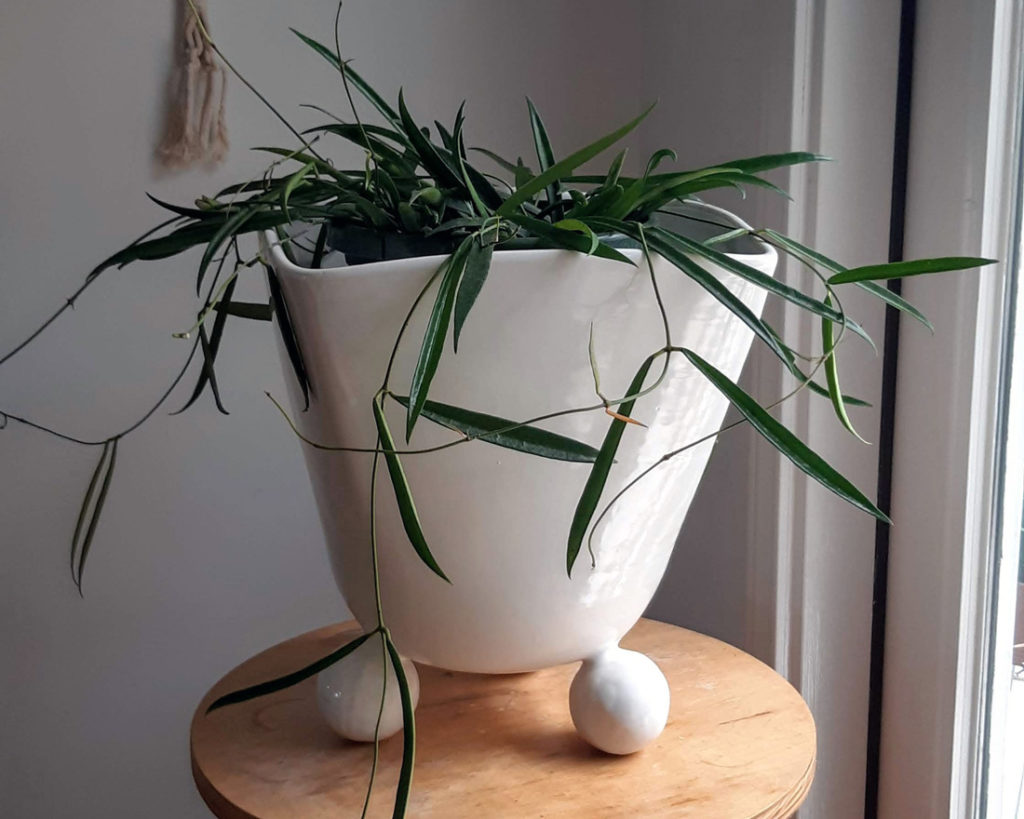
Most houseplants will need more light and less water this month. Keep their leaves clean to help them take up sunlight and prevent bad bugs. Experiment with lighting/placement, and take them outside for a sunny day or 2.
FYI – the Gill team (Ori, Debbie, and Jesse) are headed to the Tropical Plant International Expo in Tampa this month. We can’t wait to tour houseplant growing operations and get the scoop on new varieties!

